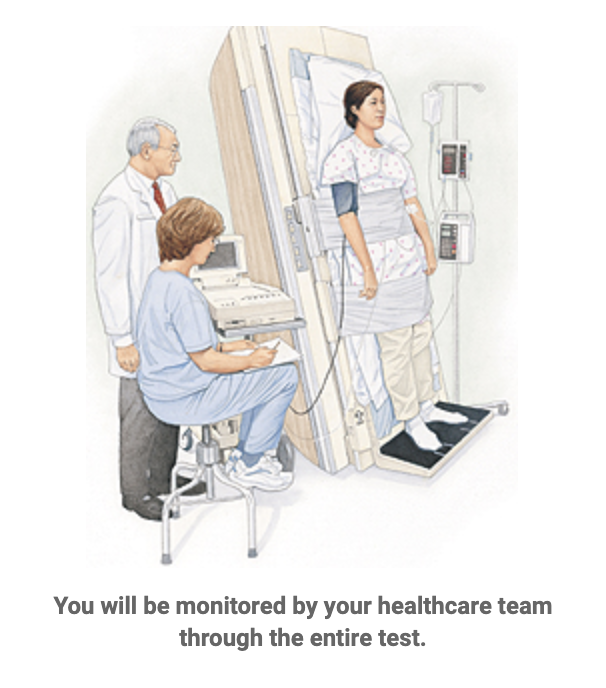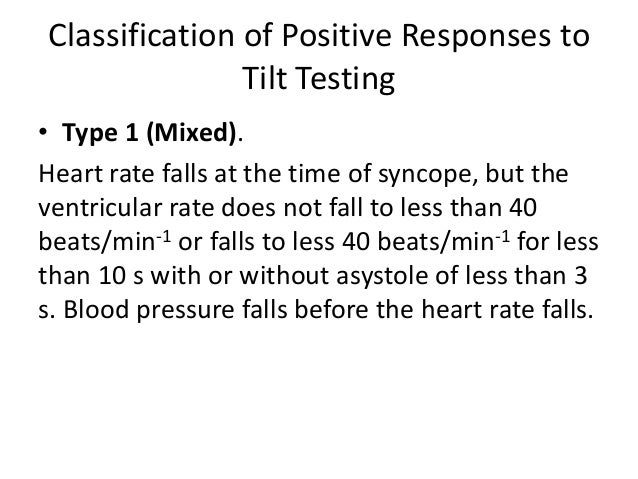Tilt Table Testing
We explain what a tilt table test is used for and what you can expect if you go in for one.

Tilt table testing. It can help you figure out why you feel faint or light headed when youre going about your day. Tilt table test this leaflet provides information about your forthcoming appointment so that you know exactly what to expect. In a tilt table test you lie on a table that adjusts your body position from horizontal to vertical to simulate standing up. Nitrate stimulated tilt table testing.
Tilt table testing ttt is an important yet perhaps not widely used test that forms part of the management of syncope. Tilt table testing ttt plays a major role during the evaluation of syncope patients helps to differentiate syncope subtypes and to discriminate between syncope and other common conditions such as epilepsy and could be useful in guiding treatment. Well go into more detail during your appointment and youll also be able to ask any questions that you may have. The bed or table is then elevated to an almost standing position 600 to 800 vertical angle to simulate standing up from a.
You may be. A tilt table test ttt occasionally called upright tilt testing utt is a medical procedure often used to diagnose dysautonomia or syncope. We undertook a retrospective study of all the ttt that were. We sought to assess the utilisation of this test in our institution for the investigation of patients with syncope to study the referral patterns and the outcomes and usefulness of the ttt in a real life setting.
Having a tilt table test a tilt table test is designed to look at how your body responds to standing upright for a long period of time. If your doctor is not the same person who did your tilt table test then your doctor will need to review that report and assess it in combination with your symptoms and medical history to be able to discuss a diagnosis and plan with you. You will lie flat on a special bed or table with special safety belts and a footrest while connected to electrocardiogram ecg and blood pressure monitors. It may take several days for.
Patients with symptoms of dizziness or lightheadedness with or without a loss of consciousness suspected to be associated with a drop in blood pressure or positional tachycardia are good candidates for this test. Aerts and paul dendale from the department of cardiology atrium medisch centrum heerlen the netherlands and the heart center virga jesse hospital hasselt belgium introduction in clinical practice upright tilt testing is fre quently used to determine the etiology of syncope by trying to induce vasovagal. A tilt table test is used to evaluate the cause of unexplained fainting. Nevertheless ttt is still underutilised in many centres and syncope patients are often subjected to a large number of different diagnostic.
A review of the literature arnaud jj. Your doctor might recommend a tilt table test if you have repeated unexplained episodes of.






